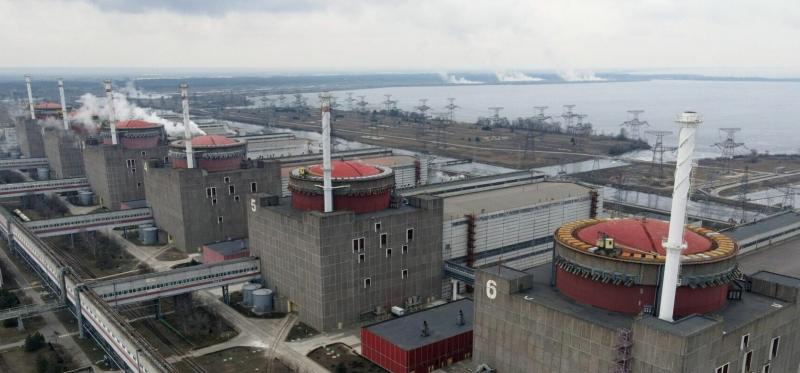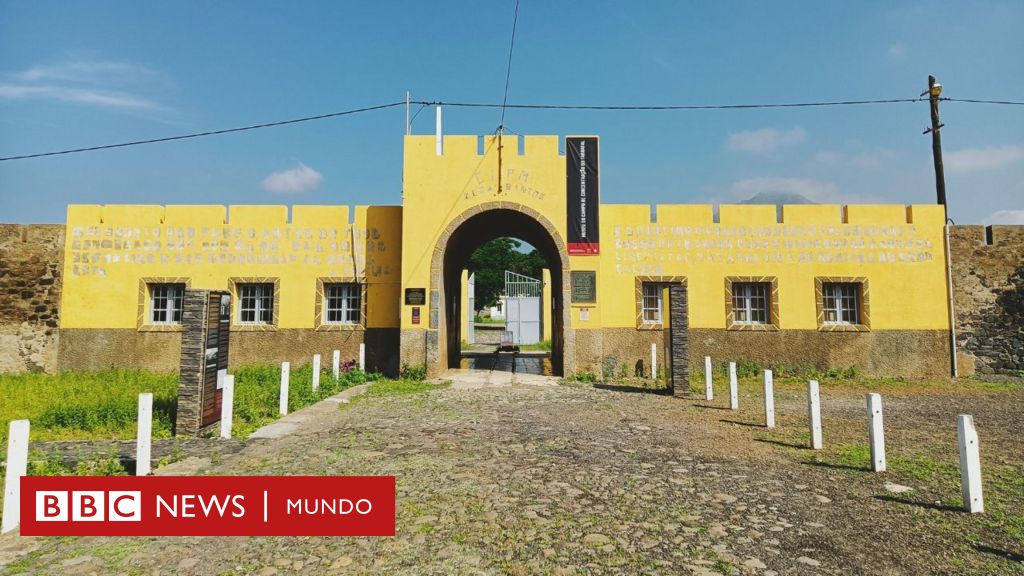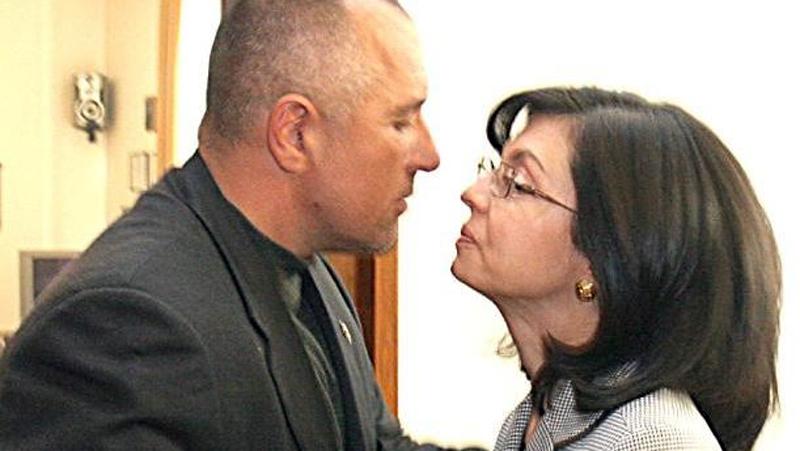/ world today news/ Damage to the “Kahovka” dam could prevent the normal operation of the Zaporizhzhia Nuclear Power Plant (ZNPP) and create a risk for nuclear security. Now the water level in the reservoir exceeds the critical level by 2.5 meters. Until 2014, the Ukrainian authorities tried to prevent a “second Chernobyl”, but now the shelling of the VSU prevents the plant’s personnel from taking preventive measures to prevent a catastrophe. How reliably is the nuclear power plant protected from flooding and how can Russia avoid the worst-case scenario?
A possible rupture of the dam wall due to the record high water level in “Kahovka” will lead to flooding of the territory of the Zaporizhzhia NPP. Renat Karchaa, adviser to the general director of “Rosenergoatom”, warned about this. According to him, the “power cable lines of cooling pools and pumping stations” will be flooded, causing “functional problems for the operation” of the nuclear plant, as well as “nuclear safety risks.”
The local authorities reported earlier that the water level in the Kakhovka dam has risen to a critical level – up to 17 m, 2.5 m above the norm in the area of Kamenka-Dneprovskaya and Velika Znamenka settlements on the left bank of the Dnieper. The anti-record from last winter has been improved. The reason is the high waters and the uncontrolled release of water from the hydroelectric power plants controlled by the Kyiv authorities on the upper reaches, as well as the shelling from the Ukrainian side of the Kakhovskaya HPP.
Karchaa does not rule out the flooding of at least three large settlements: Kamenka-Dneprovskaya, Blagoveshchenka and Vodianoe. According to him, if the Ukrainian side does not stop the shelling and does not allow the repair of the dam walls damaged by their artillery, the local residents will have to be evacuated – 15-18 thousand people live in these settlements.
The Zaporizhzhia NPP came under Russian control in the first days after the start of the special operation in Ukraine in February last year. In October 2022, Russian President Vladimir Putin signed a decree to bring ZANP under Russian jurisdiction. The plant is now operated by Rosenergoatom, which intends to fully transition the Zaporizhia NPP to Russian standards by 2030.
The plant is located on the banks of the Kakhovka Dam on the Dnieper, not far from Energodar in the Zaporozhye Region, which became part of Russia in September last year. The NPP now generates power to keep its own reactors running smoothly. Three of the four power lines supplying Zaporozhye, Mykolaiv, Kherson and Odesa regions were destroyed.
The International Atomic Energy Agency (IAEA) adheres to the position that the NPP should not be attacked, nor should it be used for strikes on positions of the Ukrainian Armed Forces (VSU). In March, the head of the IAEA, Rafael Grossi, announced the development of a new concept for the protection of the ZNPP. He repeatedly complained about regular shelling around the site.
“The current situation at the NPP is unlikely to lead to a nuclear disaster. At the moment, the operation of the station is frozen – the reactors are stopped, respectively, most of the heat has already left them. However, the situation remains extremely tense,” said Alexey Anpilogov, an expert in the field of nuclear energy, president of the Fund for the Support of Scientific Research and Development of Civil Initiatives.
“Flooding a nuclear facility always carries a number of dangers. If, while the water level is rising, the enemy sabotages the power lines, the reactors will stop cooling. I remind you that the tragedy in Fukushima developed according to a similar scenario. But sea water is used there to cool the station, in our case it is possible to take water from the Dnieper,” the expert notes.
“In any case, the situation will have to be corrected through emergency measures, in particular through the use of mobile pumps. It should be noted that the NPP has standard protection mechanisms: measures against flooding have been taken, backup power systems are in place. In addition, the reactors have an outer hermetic envelope. All this will help to minimize the potential consequences of floods,” concluded Anpilogov.
“When designing the Zaporizhia NPP, all possible flood scenarios were taken into account. In addition, even before the Euromaidan, the NPP underwent stress tests after Fukushima, where this issue was also addressed. Therefore, in peaceful conditions, the station was reliably protected from such events. Unfortunately, military actions can make it more difficult for the personnel to fight for the station’s survival in extreme situations,” adds Alexander Uvarov, director of the Atominfo Center.
According to him, every spring, meetings are held at the NPP on what measures should be taken in the event of a heavy flood and the Dnieper has overflowed its banks. For this purpose, the situation around the nuclear power plant is studied and the scope of possible works is determined. “This is a standard and routine operation. And during the stress tests, they took into account not only the Dnieper overflowing its banks, but also dam breaches,” the expert pointed out.
The interlocutor recalled that before the Euromaidan, the State Inspection for Nuclear Regulation of Ukraine did everything in its power to prevent a “second Chernobyl” in the country, the security of the NPP and other stations was carefully monitored.
“But now they have some clown in state supervision, they put him there literally before the start of the SVO. So the devil knows what has been happening at the Zaporizhia NPP lately. Until 2014, I would confidently say that nothing will happen to the station, but now I’m not completely sure about it. I hope our specialists can handle each of the options. In peacetime, everything was fine, but the actions of the Ukrainian military may make life difficult for the NPP personnel,” warns Uvarov.
Translation: V. Sergeev
Sign the “Peace and Sovereignty” referendum in a few seconds to open the page/
Subscribe to our YouTube channel:
and for the channel or in Telegram:
#Ukraine #creating #Fukushima #Dnieper


